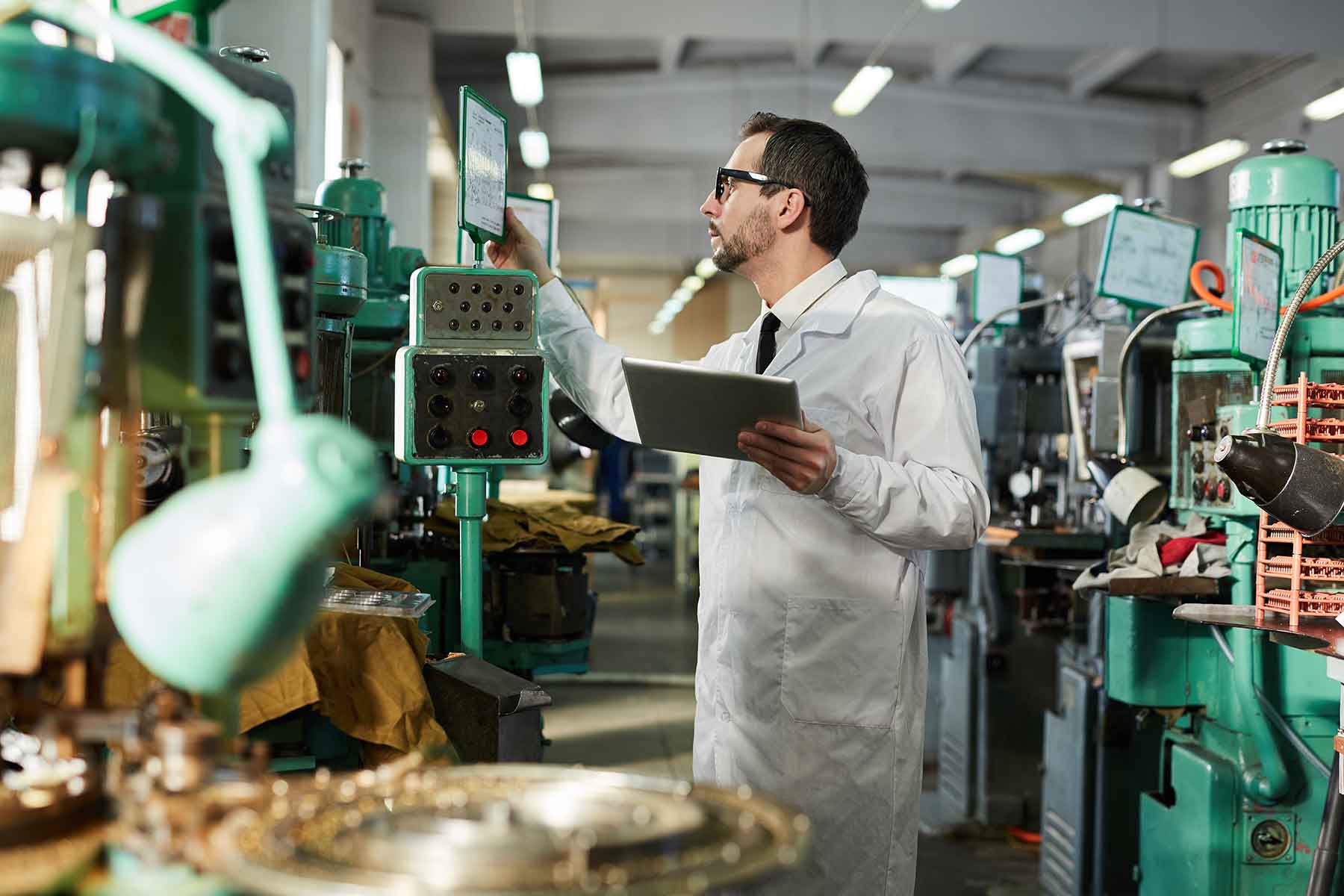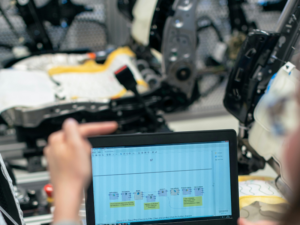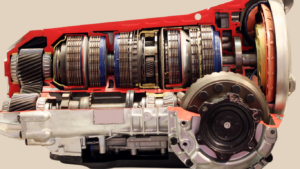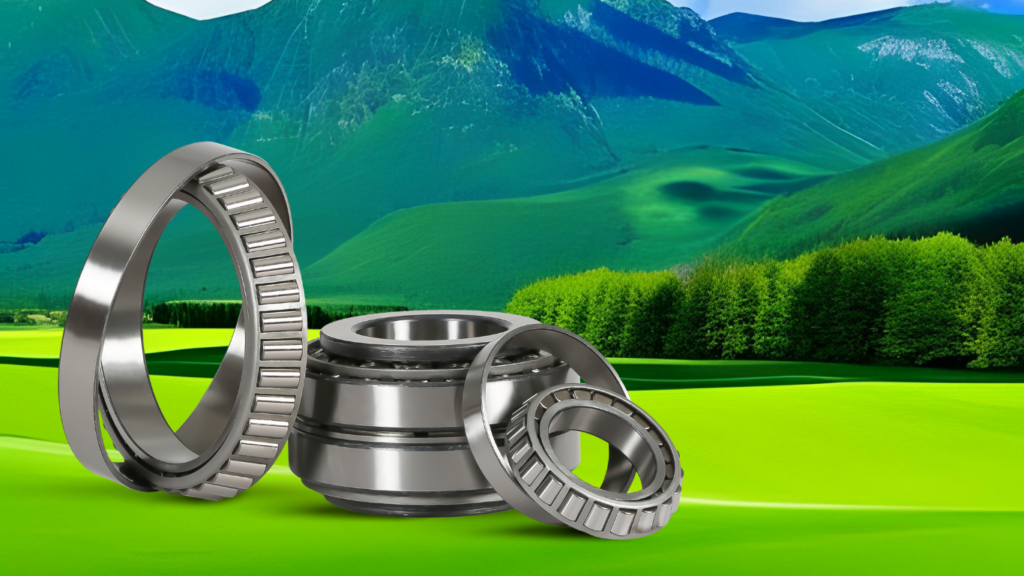Bearing Solutions To Reduce Ecological Footprint With Energy-Efficient Designs.
The necessity of maintaining a low impact on the environment has taken on a greater significance across all sectors in light of today’s fast transforming world. The only concentration of a company on its performance and profitability is no longer sufficient in today’s environment. Instead, they are required to take into account the effect that their operations have on the environment. The use of bearings, which are basic components in a wide variety of machines and pieces of equipment, plays an essential part in the development of sustainable practices. This blog explores environmentally responsible bearing solutions as well as the environmental concerns that drove their development. Manufacturers are able to produce bearings that not only exceed performance standards but also reduce the ecological footprint they leave behind by investigating environmentally friendly materials, designs that are energy efficient, and responsible practises for the bearings’ end of life.
The Environmental Impact of Bearings:
Bearings have a significant impact on the environment, and in order to fully appreciate why sustainable bearing solutions are so important, it is necessary to first recognise the environmental toll that is taken by the production and application of traditional bearings. The production process frequently involves activities that need a significant amount of resources, such as the extraction of raw materials, the utilisation of significant amounts of energy, and the generation of trash. Inadequate maintenance or faulty bearings can also result in premature replacements, which leads to an increase in both waste and energy consumption.
Eco-Friendly Materials for Bearings:
The selection of materials is an essential component of environmentally friendly bearing solutions. Conventional bearings are almost always made of metals like steel, the extraction of which and production of which both require significant amounts of energy input. Alternative materials, like ceramics, composites, and polymers, on the other hand, provide the possibility of more environmentally friendly alternatives. Ceramic bearings, for example, provide superior protection against wear and tear, can withstand high temperatures without breaking down, and are resistant to corrosion, all while requiring significantly less energy to manufacture. In a similar vein, bearings made of polymers can reduce friction, enhance energy efficiency, and reduce the amount of maintenance that is required.
Energy-Efficient Bearing Designs:
In addition to material considerations, the design of the bearing plays an essential part in the accomplishment of sustainability goals. Bearing manufacturers are always developing new ways to cut down on friction, boost efficiency, and extend the bearings’ useful lives. The latest designs for bearings include enhancements including enhanced lubrication systems, less rolling resistance, and improved mechanisms for sealing the bearings. These advances not only improve performance but also lead to reductions in energy consumption and reduce the frequency with which regular maintenance or replacement is required.
Extended Bearing Lifespan through Maintenance:
Keeping bearings in good condition through regular maintenance can have a substantial effect on their longevity. Lubrication, monitoring, and maintenance performed on a consistent basis can help prevent premature wear and failure, hence lowering the amount of times that replacements are required and cutting down on waste. By implementing condition monitoring techniques such as vibration analysis and thermography, it is possible to discover potential problems before they become more severe. This enables preventative maintenance and increases the bearing’s lifespan. Industries have the potential to achieve higher efficiency and lower their overall impact on the environment if they implement preventative maintenance practices.
Recycling and Responsible Disposal:
Recycling and environmentally responsible disposal are important aspects of reducing the environmental effect of bearings, which goes beyond simply reducing the amount of bearings that are used. At the end of their useful lives, sustainable solutions should also include plans for recycling and proper disposal of any remaining materials. Take-back programmes to collect worn bearings for recycling are becoming increasingly common among bearing producers, and this trend is expected to continue. By sorting the various types of materials and recycling them in the appropriate manner, valuable resources can be recovered. This in turn lowers the demand for virgin materials and reduces the amount of waste that is produced. In addition, the use of materials that are either recyclable or biodegradable in the design of bearings can make the process of disposing of them at the end of their life cycle simpler and more environmentally friendly.
Collaborations and Industry Standards:
The development of environmentally friendly bearing solutions needs cooperation between various manufacturers and industry organisations. These collaborations have the potential to speed up the implementation of environmentally friendly bearing technologies by facilitating the sharing of best practices, the conduct of research, and the establishment of standards. Guidelines for the development and use of sustainable bearings are being developed by organisations such as the International Organisation for Standardisation (ISO), which is also supporting life cycle thinking, promoting eco-design concepts, and promoting eco-friendly bearings.
Conclusion:
Bearing solutions that are environmentally friendly are an absolute necessity for businesses who are working to reduce their negative effects on the environment. ZNL bearings is already in planning state to start looking for such solutions and researches might start soon in coming years. Bearings can have a smaller impact on the environment during their entire career if the producers employ environmentally friendly materials, energy-efficient designs, proactive maintenance practices, and responsible end-of-life methods. These efforts help not only to the conservation of natural resources but also to the reduction of waste and an improvement in operational efficacy. A greener and more sustainable future for coming generations will be created through the continued prioritization of sustainability across industries, and the development and acceptance of environmentally responsible bearing solutions will play a crucial role in this process.









